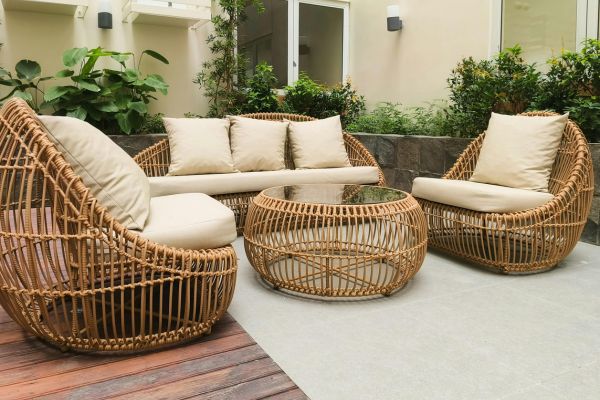There are many things you will want to consider before purchasing a new table saw for your shop. There are three main types of table saws: (1) the lightweight, inexpensive and portable contractor’s saw, (2) the cabinet saw, so-named because it has an enclosed cabinet as opposed to open base and (3) the new breed of so-called “Hybrid” table saws which fill the price gap between contractor’s saws and cabinet saws. This discussion will be only concern cabinet saws because, in my experience, nothing less will do for a shop that produces fine woodworking. Smaller saws lack both the accuracy and capacity of cabinet saws.
The table saw is the heart of your shop. You will use it more than any other machine and its accuracy and capacity will determine the quality and size of what you will be able to produce. This is akin to picking someone to marry: Ideally, it’s for life and you will have to live with your decision for a long time to come. Therefore, rushing into purchasing the first table saw you see, without doing your homework, is like a quickie Las Vegas marriage, always a gamble.
There are many things you should consider before you should consider before investing your hard-earned dollars in any particular machine. As I have said again and again, any woodworking machine you buy should be just slightly more capable than what you will demand of it now or what you imagine you would likely to demand of it in the future. While price is important, affordability should not be the sole determining factor in your purchasing decision. If you can’t afford the saw you need, wait until you can. Don’t saddle yourself with a table saw that may drive you crazy every day of your life. Take a few moments to consider what you really need and which machine will best fill the bill for you.
I’d like to take a minute to talk about the features that you should be looking for and what these features will mean to you after you unpack and set up your new table saw. These features include: motor horsepower, blade size, trunnion construction, tabletop flatness, tabletop size, arbor size and arbor bearings, sawdust extraction, ease of operation including raising, lowering and tilting the blade, tilt of the blade (left or right), the necessity of a magnetic switch and the importance of its location, ease of access to the interior of the cabinet, accuracy and ease of operation of the fence, the amount of rip space to the right and the left of the blade, safety features and table saw mobility around the shop. In addition to the table saw itself, you may want to construct an outfeed table around the back of the saw, if space permits. We’ll talk about that, as well.
MOTOR HORSEPOWER
Motor horsepower and blade size are closely related. The larger the blade, the more horsepower you will need to cut, at full blade height, through a piece of wood. Too much power is never a problem. Too little power can cause the saw to bind, slow down and even stop in the middle of a cut. This is not good, nor is it safe.
The smallest motor I would even consider for a 10-inch saw would be 3 horsepower. For a 12″ to 14″ saw it would be 5HP and for a 14″ to 16″ saw, I’d like 7.5 HP. You will also need to consider if the saw motor is single or three phase. Three phase motors use electricity a bit more efficiently. If you don’t have three phase power at your location, however, you will either have to buy single phase or purchase and install a phase converter large enough for your saw motor. Most saw motors use 230 or 460 VAC power, so make sure you have available in your shop the voltage your saw will require. Three phase motors can run on 208 to 220 volts or higher, depending on the motor.


